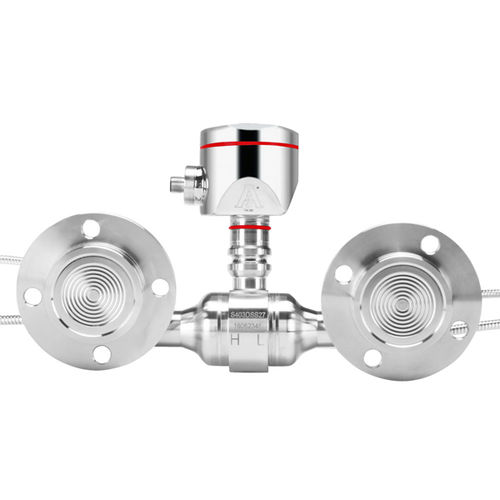
#Product Trends
Investigation on Hygienic Design for Transmitters -1
Investigation on Hygienic Design for Transmitters -1
Pressure transmitter, as one of the most important parts in the process monitoring of food and pharmaceutical industries, its hygienic design must be strict.
1.1 Hygienic standards
Regarding the hygienic standards of transmitters, they are mainly the "3-A Sanitary Standard" of the United States and the "EHEDG Standard" of Germany. Between them, "74-06" in the "3-A Sanitary Standard" is mainly for the hygienic standards of sensors, accessories, and connectors. These two standard organizations have undertaken services related to sanitary testing, certification and re-examination of products and suppliers that have hygienic requirements for countries around the world, and issued hygienic certificates (3-A and EHEDG) for products that meet the requirements.
1.2 Hygienic design
Hygienic design refers to a design that prevents food and medicines from being contaminated by harmful substances in production, harvesting, processing, transportation, storage, and sales. The purpose of the hygienic design of the transmitter is to meet the cleaning requirements of the production site, ensure that the cleaning meets the cleanliness requirements, and ensure that the product is not contaminated by secondary pollution, and finally meet the sanitary requirements.
1.3 Contact surface and non-contact surface
Transmitter hygienic design involves two concepts: contact surface and non-contact surface. Contact surface refers to all surfaces that are in contact with the measured medium, or may be discharged, leaked, diffused or entered by the medium. Non-contact surfaces are surfaces where the media will not drain, leak, diffuse or enter.
2. Transmitter structure and material selection
2.1 Transmitter structure
The transmitter is generally composed of process connection, sensor, transmission circuit module, and outlet protection.
2.2 Transmitter material selection
The process connection and the sensor are the transmitter installation and pressure-sensitive components, which need to be directly or indirectly in contact with the medium, that is, the contact surface of the transmitter. Transmitter circuit module and outlet protection are components used to transmit signals without direct contact with the medium, that is, the non-contact surface of the transmitter. If the selection of the two materials is unreasonable, it will directly or indirectly determine whether the transmitter meets the hygienic requirements.
2.2.1 Contact surface material
Transmitter contact surface materials are usually made of high-quality stainless steel, commonly used are 304, 316, 304L and 316L. According to the 3-A standard, it must comply with AISI (American Iron and Steel Technology Association) 300 series stainless steel (except 301, 302 and 303) or ACI type, and any component of stainless steel material is not allowed to corrode with the medium, and must be non-toxic and non-absorbent.
When welding is required, the carbon content of stainless steel must not exceed 0.08%, and alloy materials containing lead, leachable copper or other toxic substances are not allowed. Non-metallic materials are also often used as contact surface materials for transmitters, and various types of rubber and plastic are commonly used. Non-metallic materials are often used as auxiliary sealing materials. Hygienic certification (such as FDA) is required when selecting.
2.2.2 Non-contact surface material
Compared with contact surface materials, the selection of non-contact surface materials is more extensive. First, it must be corrosion-resistant and non-absorbent on the surface; second, it must be durable and easy to clean. If the surface is coated, the adhesion should be good. The parts to be disassembled and cleaned shall not be painted.
For more information about our products please visit www.leegsensor.com or contact sales@leegsensor.com. Thank you!







